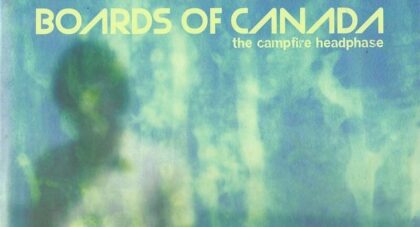On October 25th, Light in the Attic will release two follow-ups to the label's reissue of Jim Sullivan's mythic U.F.O.: a collection of solo acoustic performances titled If Evening Were Dawn, and a reissue of Sullivan's self-titled 1972 lp, originally released by Playboy Records. Taken together, these three records represent the entirety of Sullivan's recorded work, all leading up to his vanishing—a rock & roll mystery that endures to this day. The new edition of Jim Sullivan features liner notes by Aquarium Drunkard editor Jason P. Woodbury and art by our own . . .
Only the good shit. Aquarium Drunkard is powered by its patrons. Keep the servers humming and help us continue doing it by pledging your support.
To continue reading, become a member or log in.


